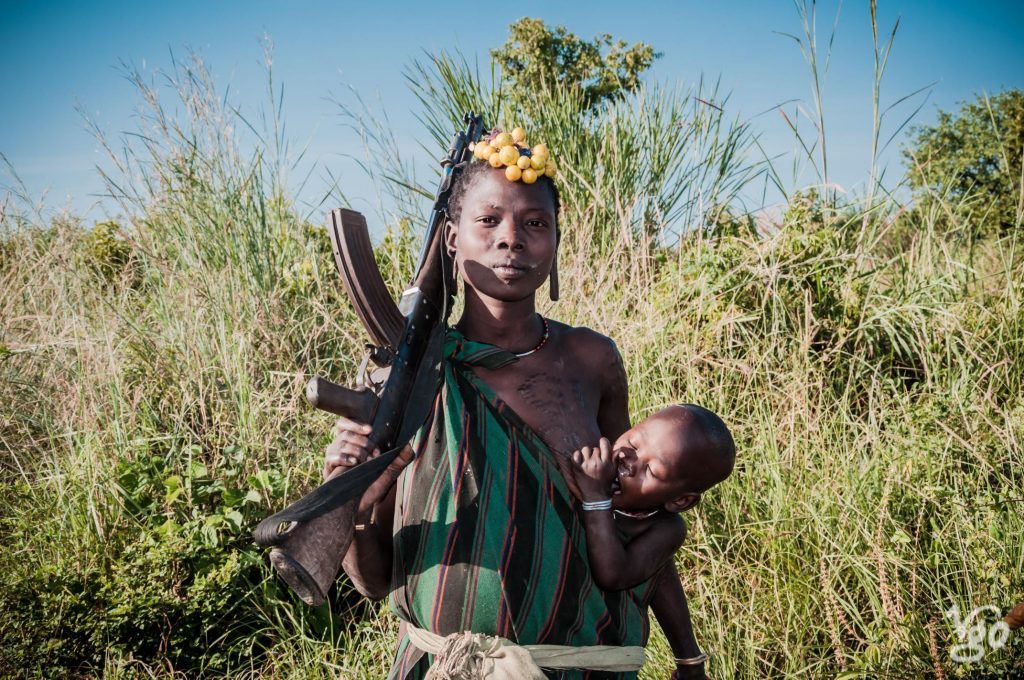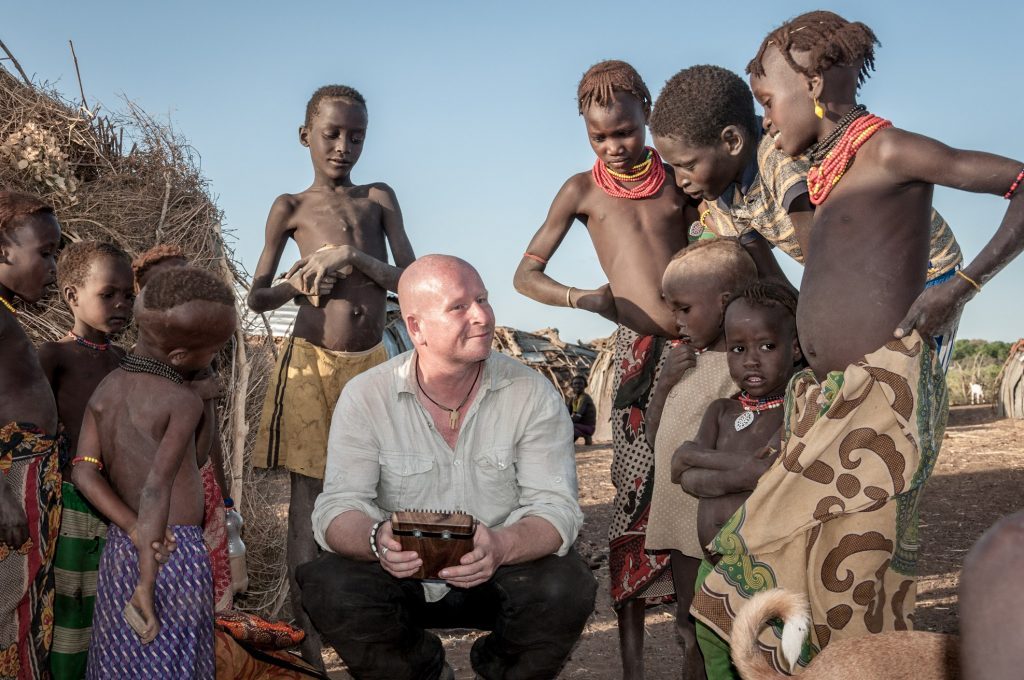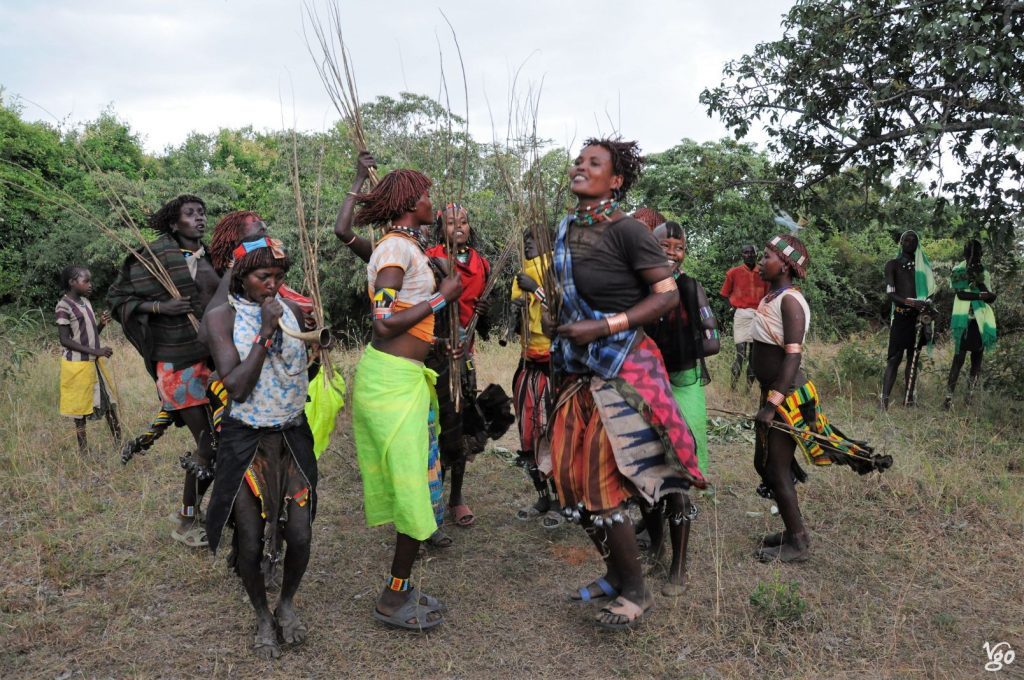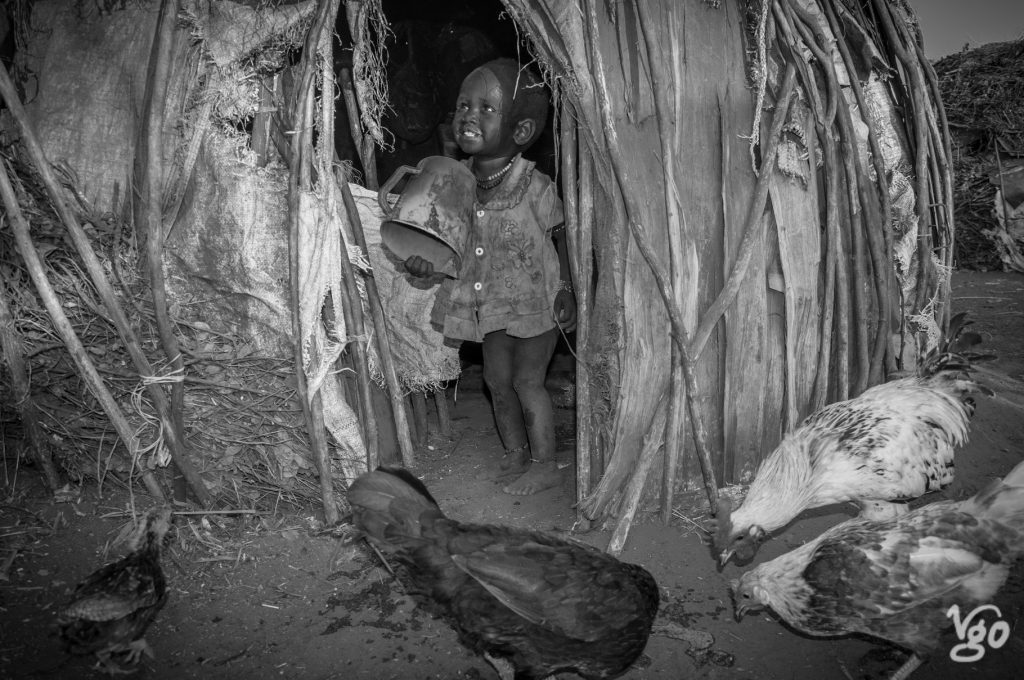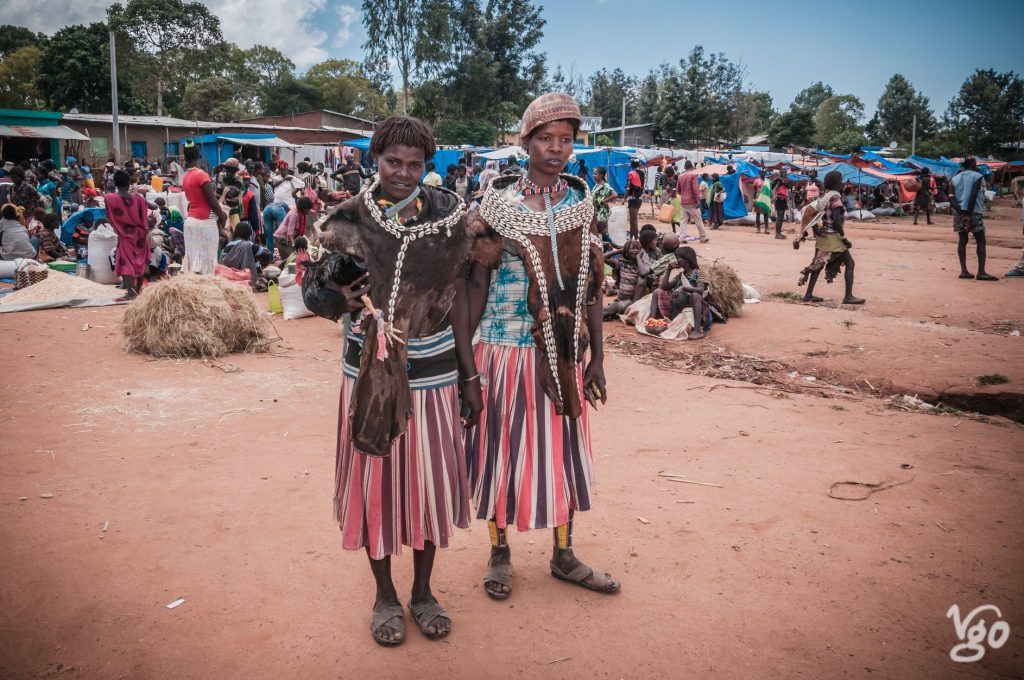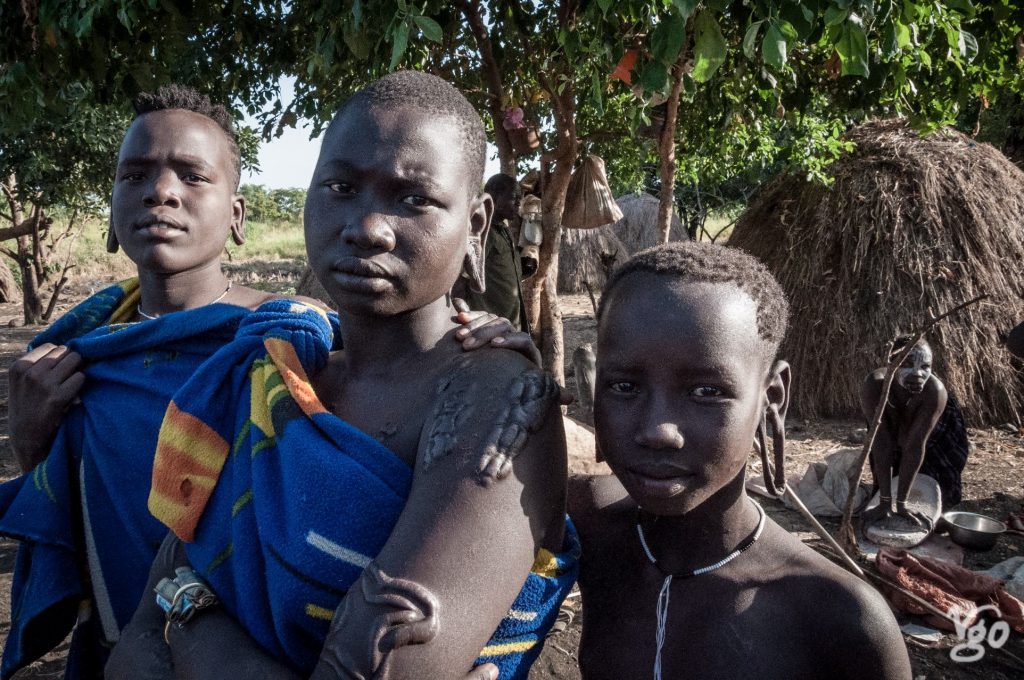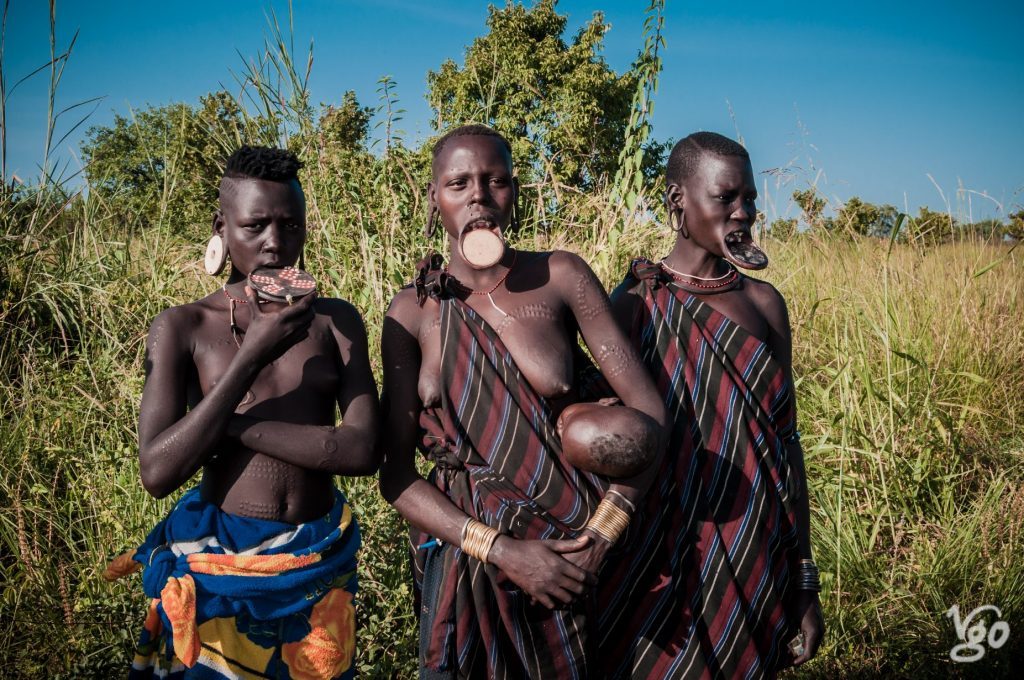The greats are leaving us. Just a few days after Tuku, another famous African musician left us, the Kenyan Ayub Ogada. I don’t know how often I have played his most popular song “Kothbiro”with people everywhere, kids and grown-ups alike.
Category Archives: Culture
R.I.P. Oliver “Tuku” Mtukudzi
On January 23 this year, I was reminded of how on this day a year earlier the great South African musician Hugh Masekela had passed on. I was there, last year, and went to the musical memorial in Soweto a few days after Bra Hugh’s passing. It was there that I saw Tuku live for the second time. Now on this 23 January, I went home from work listening in my car to “Tapera”, the last piece Bra Hugh and Tuku produced together. At home, I made some tea, sat down, opened my phone and a friend had texted me. Tuku had died. On the same day as Bra Hugh.
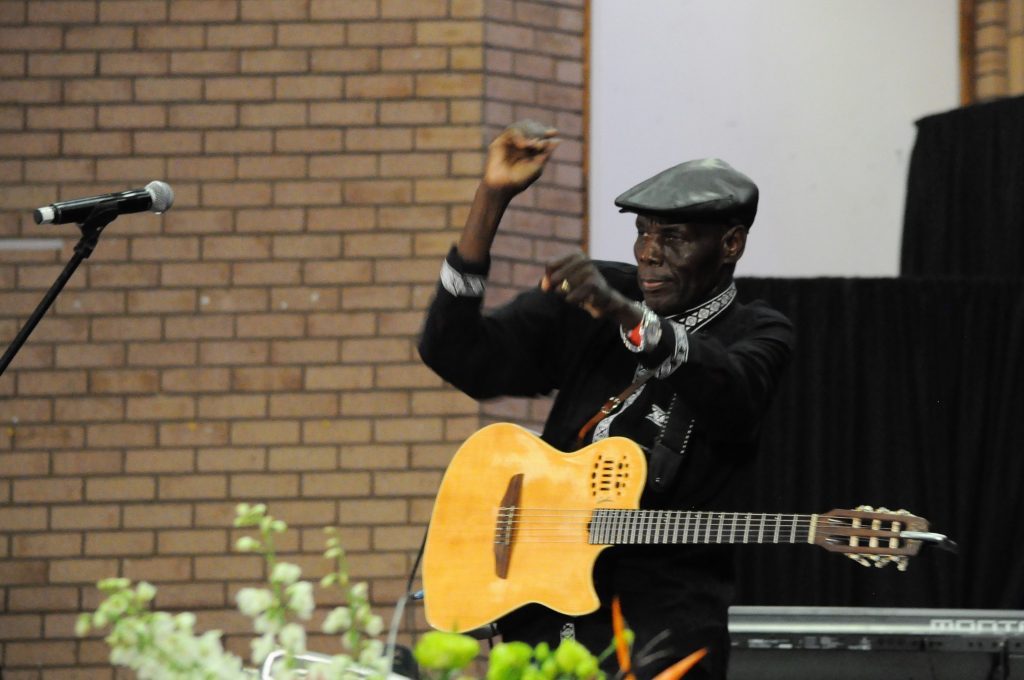
Africa in books
… and books by African authors
Here are a few recommendations on books on African matters.
– texts to follow –
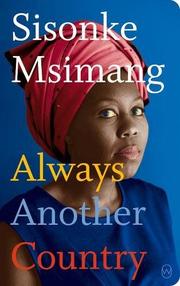
More to life than flesh and bones: the Sangoma tradition
A word of warning: I will write about something here that I know very little about. Something that a lot of people consider beyond rational understanding, and that others consider plain nonsense. Something those with a strong (and narrow-minded) Christian attitude wrongly (!) consider witchcraft, and that I have not yet been granted the chance to experience first hand. I tried, but due to an illness my meeting with Noksangoma had to be cancelled, and another appointment was impossible to make. It wasn’t time yet, perhaps, to see it in a light more akin to the topic under discussion. However, I feel like I have to write about the sangomas, the traditional diviners and healers in southern and notably in South Africa. Not only because they play an important role in the culture, even in the 21st century, also because they can bridge the potentially wide gap between ancient beliefs and practices on one side, and modernity on the other, and also because some engage in political matters. I also feel I must write about them because I am personally intrigued by what I’ve seen and heard, not least because I have noticed similarities to what I learn in my training in gestalt therapy.
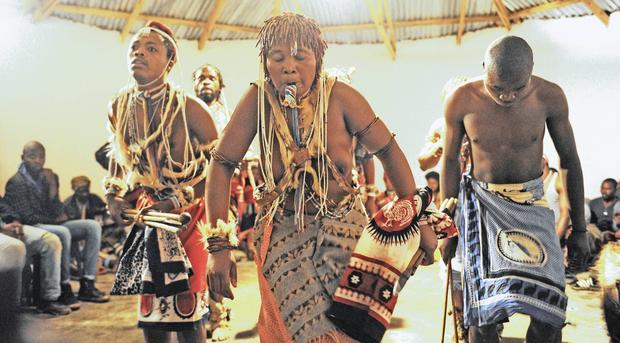
https://www.youtube.com/watch?v=i2TH7zZRSiQ
Ritual whipping of women
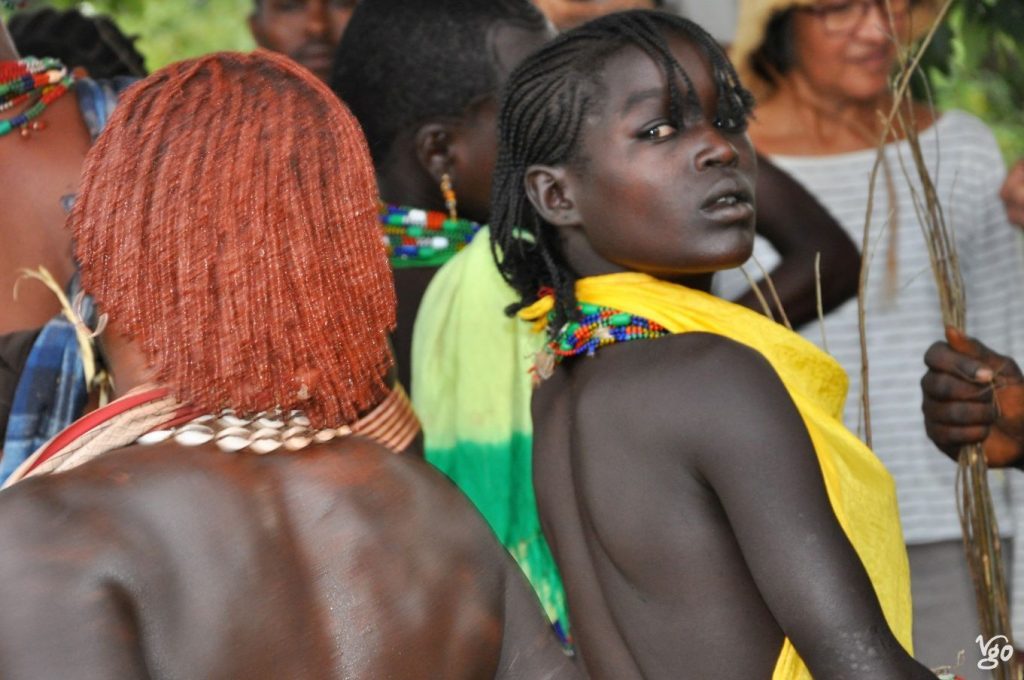 What happens? A few young boys take up some rods, smoothen them (I guess so they don’t break), and then whip across the arms or the back of women, preferably in such a way that the skin breaks, leaving a bloody streak that will turn into a scar. It’s referred to as “culture” (here Banna, and likewise Hamer), and leaves the woman proud. Maybe for her capacity of endurance (as if they didn’t show it every day), her sacrifice for “culture”, and so on. After careful consideration I still see in it a way of making women obedient, and training young boys in the “art” of domestic violence, or so. Explain it in whichever way you like, since the ritual has no male equivalent (just as female genital mutilation has no real male equivalent) I find it not acceptable.
What happens? A few young boys take up some rods, smoothen them (I guess so they don’t break), and then whip across the arms or the back of women, preferably in such a way that the skin breaks, leaving a bloody streak that will turn into a scar. It’s referred to as “culture” (here Banna, and likewise Hamer), and leaves the woman proud. Maybe for her capacity of endurance (as if they didn’t show it every day), her sacrifice for “culture”, and so on. After careful consideration I still see in it a way of making women obedient, and training young boys in the “art” of domestic violence, or so. Explain it in whichever way you like, since the ritual has no male equivalent (just as female genital mutilation has no real male equivalent) I find it not acceptable.
Omorate and the Daasanach
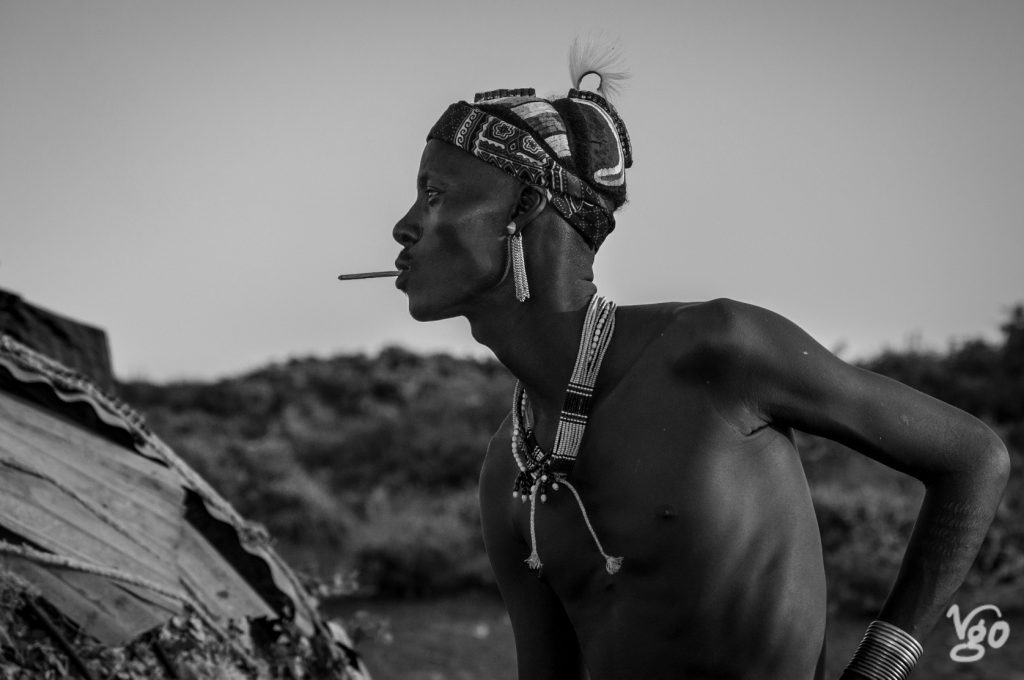
The Daasanach live on both sides of the Ethiopian-Kenyan border. If they want to cross into Kenya, the removed lower front teeth are their passport. I crossed the Omo at Omorate with my guide Gabriel and his friend to reach the nearest village just before sunset, and it was a very enjoyable visit. No other tourists, the kids enjoyed my mbira again, and since I handed my camera to Gabriel’s friend I could freely move about and people cared less about me. Less posing as well. Things must have been similar to the Mursi situation until a while ago, but now the arrangement is such that visitors pay a flatrate of 200 Birr (ca $7.50) to take pics. The German lawyer who gave me a lift the next day had been to the very same village in the morning, in a crowd of tourists. He said that as much as he loves photography, he found the village arranged in such a way that half-naked women were sat outside their huts staring into the distance apathetically, and he refrained from taking any pictures at all. My experience was totally different. I was able to interact with the people to a degree, and I am very grateful to Gabriel’s friend for the pics he took – he’s a natural photographer, I must say. And I find the Dassenach are amongst the most beautiful people I’ve ever seen.
Turmi and the Hamer
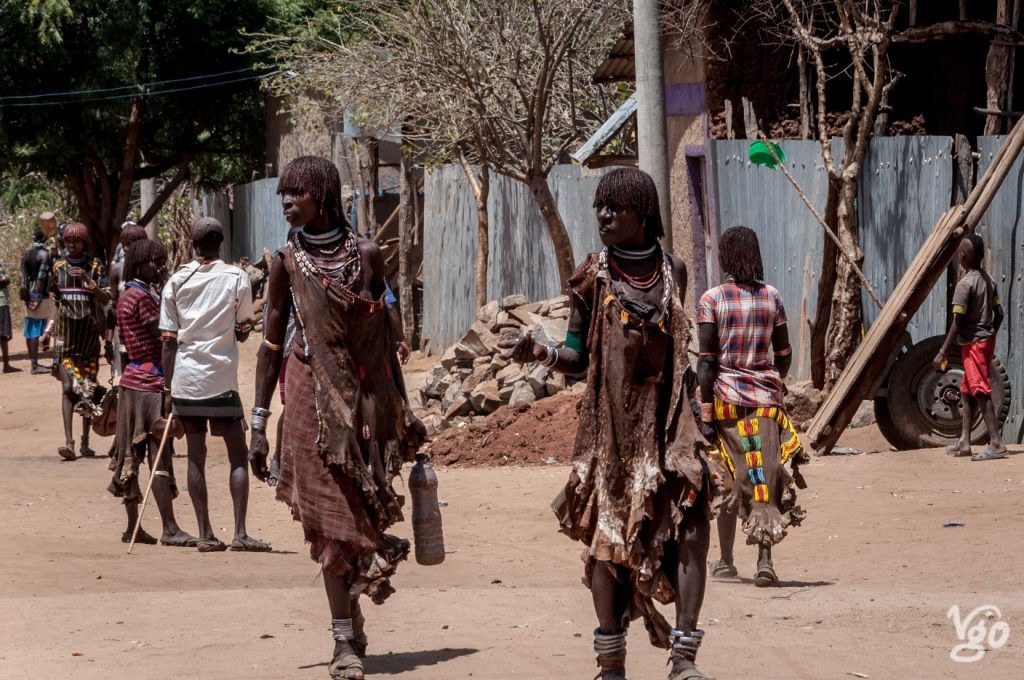
Turmi is primarily a crossroad. A big, dusty roundabout connects Ethiopia’s south-western corner with the rest of the country. While the roads coming in from the north, east and west are dust tracks, the one leading further south to Omorate becomes a perfect tarmac road some five kilometres out of town.

Keyafer, the Banna and the Hamer and bull jumping
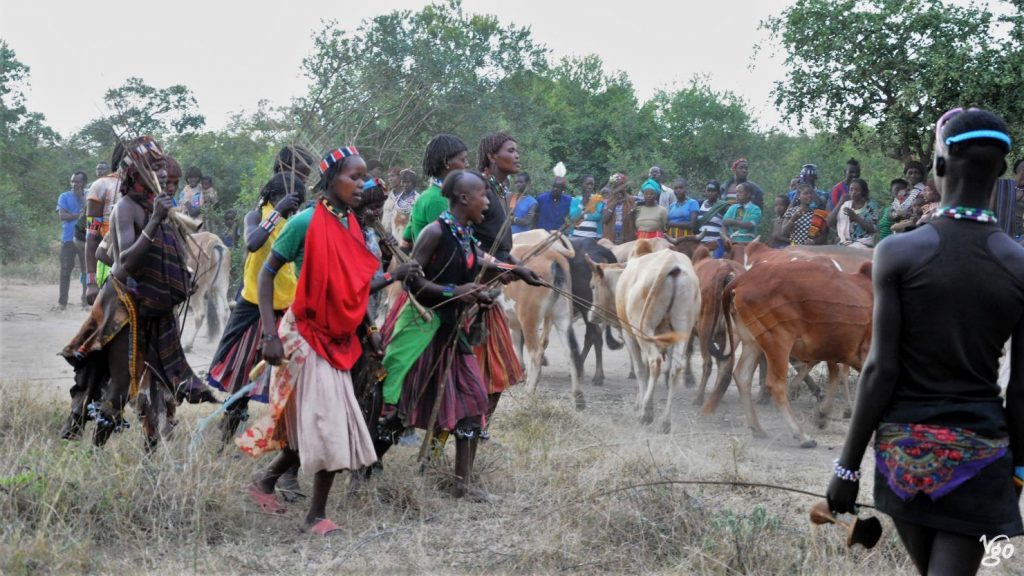
Thursday is market day in Keyafer – travelling here is usually organized around market days, one: because you get to see and meet what, i.e. who has put the region on the map, and two: actual traffic between places is often limited to market days in one of them. In other words: there may be a bus (as in: one bus) from A to B on a market day in either A or B.
Jinka and the Mursi
Circa 7,500 strong, the Mursi are amongst the most iconic African tribes, and famous especially for the ceramic plates (some) women wear in their lower lips. To this day they live in fairly remote areas some two hours across dust track from Jinka, the southernmost town that has an ATM in Ethiopia’s Southern Nations, Nationalities, and People’s Region.
Omo Valley
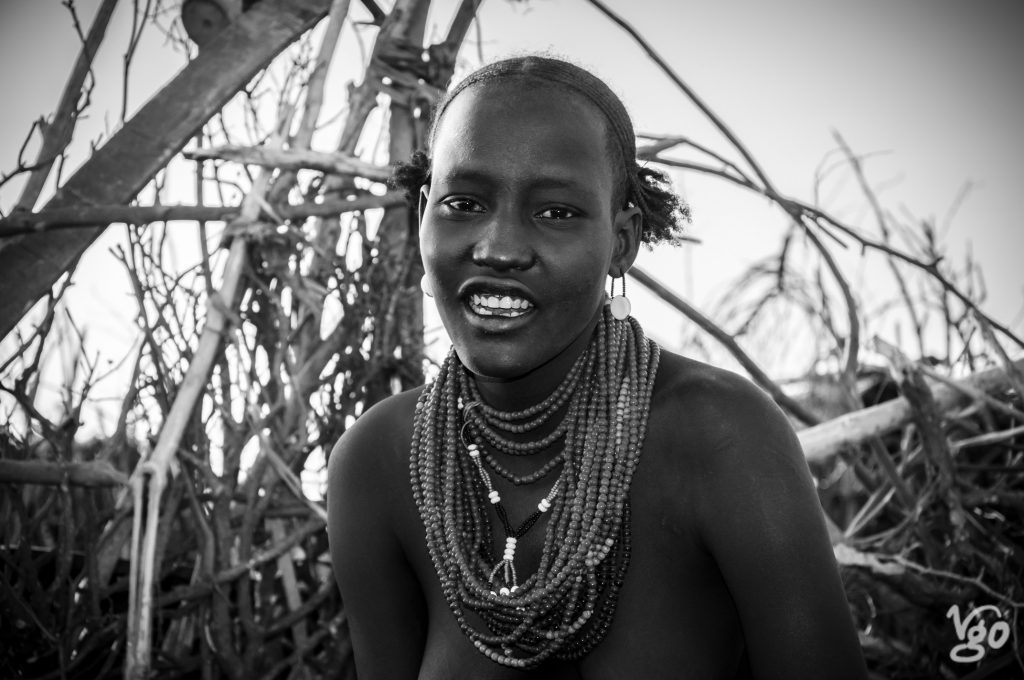
Ethiopia’s Southern Nations, Nationalities, and Peoples’ Region along with the area around Lake Turkana in northern Kenya is one of the candidates for being the cradle of humankind, as some major discoveries that have been made here suggest. Since it is also a region with an incredible diversity in tribal cultures, it has been referred to as a (live) museum of human cultures. I found traveling here truly exciting, though not free from major challenges. I don’t mean the usual challenges of logistics, food and health or such like, even though they are more pronounced here. Rather, traveling here has exposed me to significant questions concerning the role of tourism, and tourist-tribe members interaction in a region where ritual infanticide and the ritual whipping of women is practiced. I have written about this in a separate post. So here’s a first glance only.
